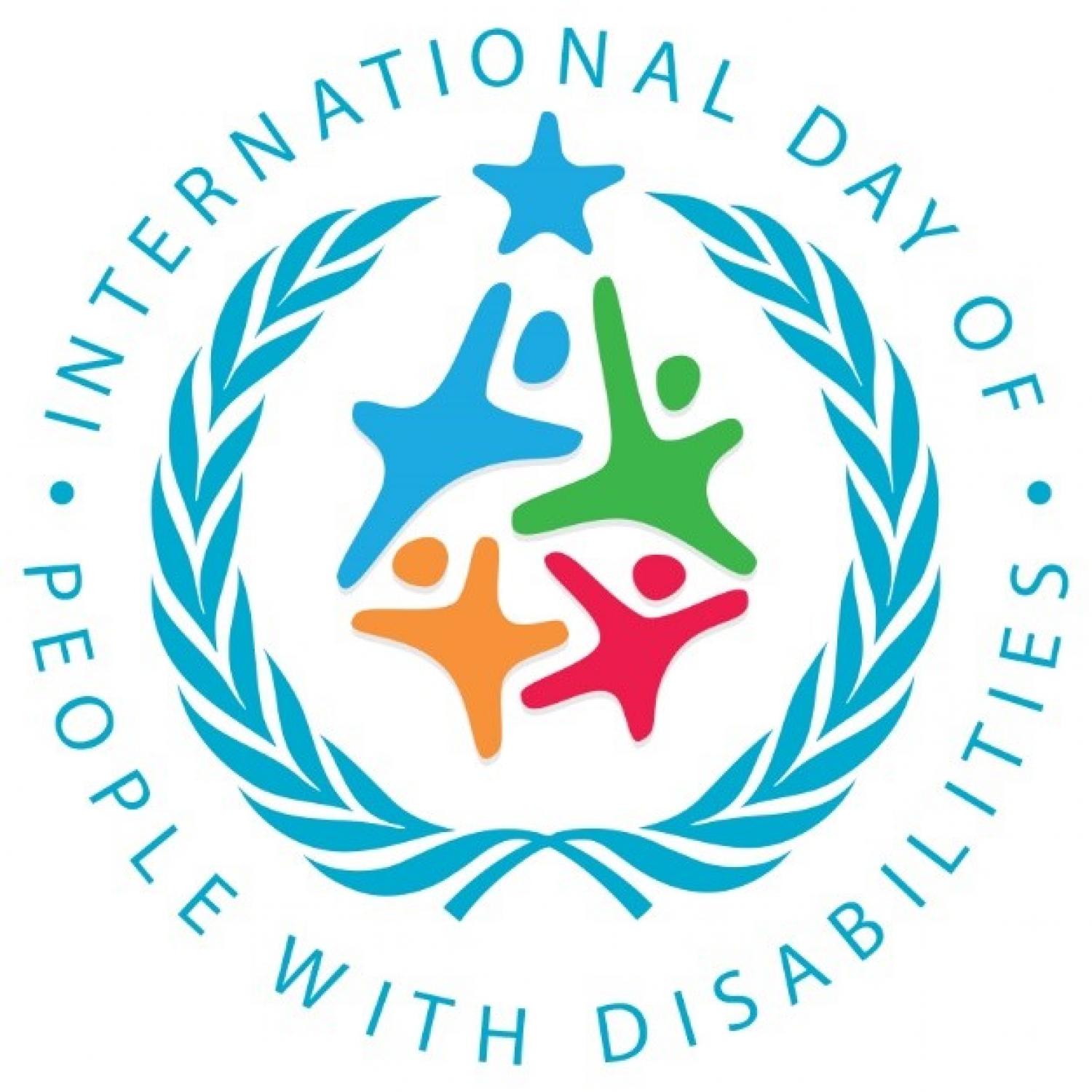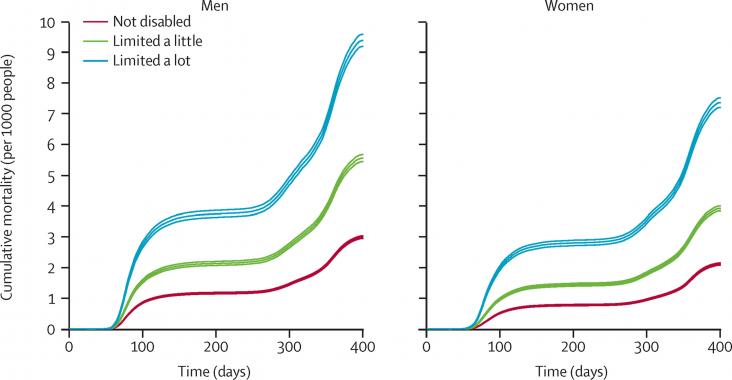
The theme this year is “Transformative solutions for inclusive development: the role of innovation in fuelling an accessible and equitable world“.
The annual observance of the International Day of Persons with Disabilities (IDPD) on 3 December was proclaimed in 1992 by the United Nations General Assembly resolution 47/3. The observance of the Day aims to promote an understanding of disability issues and mobilize support for the dignity, rights and well-being of persons with disabilities.
The 2022 global observance to commemorate the International Day of Persons with Disabilities will be around the overarching theme of innovation and transformative solutions for inclusive development, covering in three different interactive dialogues the following thematic topics:
Innovation for disability inclusive development in employment (SDG8): this dialogue will discuss the linkages between employment, knowledge and skills required to access employment in an innovative, rapidly changing technological landscape to all and how assistive technologies can increase accessibility to employment and be mainstreamed in the workplace.
Innovation for disability inclusive development in reducing inequality (SDG10): this dialogue will discuss innovations, practical tools and good practices to reduce inequalities in both public and private sectors, which are disability inclusive and interested in promoting diversity in the workplace.
Innovation for disability inclusive development: sport as an exemplar case: a sector where all of these aspects coalesce; sport as a good practice example and a site of innovation, employment and equity.
The Lancet Global Health, Volume 10, March 2022
The Lancet Global Health, Volume 10, January 2022
The Neuroscience of Autism, Volume , 1 January 2022
The Neuroscience of Autism, Volume , 1 January 2022
The Chromosome 22q11.2 Deletion Syndrome
A Multidisciplinary Approach to Diagnosis and Treatment
2022, Pages 322-337
Foundations of Art Therapy: Theory and Applications, Volume , 1 January 2022
Mental Health in a Digital World, Volume , 1 January 2021
Biomedical Engineering Applications for People with Disabilities and the Elderly in the COVID-19 Pandemic and Beyond, Volume , 1 January 2022
Aging
From Fundamental Biology to Societal Impact
2023, Pages 725-744
Integrating Mental Health and Disability Into Public Health Disaster Preparedness and Response
2022, Pages 73-94
Integrating Mental Health and Disability Into Public Health Disaster Preparedness and Response
2022, Pages 55-72
The COVID-19 Response
The Vital Role of the Public Health Professional
2023, Pages 69-84
The COVID-19 Response
The Vital Role of the Public Health Professional
2023, Pages 101-118
Adolescent Mental Health
Towards Technological Advances and Service Innovations
2023, Pages 111-144
Developments in Neuroethics and Bioethics
Volume 5, 2022, Pages 39-67
Treatments, Mechanisms, and Adverse Reactions of Anesthetics and Analgesics, Volume , 1 January 2021
Modern Practical Healthcare Issues in Biomedical Instrumentation 2022, Pages 105-121
Managing Treatment-Resistant Depression: Road to Novel Therapeutics, Volume , 1 January 2022
Managing Treatment-Resistant Depression: Road to Novel Therapeutics, Volume , 1 January 2022
Herbal Medicines: A Boon for Healthy Human Life, Volume , 1 January 2022
Epigenetics of Stress and Stress Disorders, Volume , 1 January 2022
Artificial Intelligence, Machine Learning, and Mental Health in Pandemics: A Computational Approach, Volume , 1 January 2022
Biosignal Processing and Classification Using Computational Learning and Intelligence: Principles, Algorithms, and Applications, Volume , 1 January 2021
Psychiatric Clinics of North America, Volume 45, June 2022
Managing Treatment-Resistant Depression: Road to Novel Therapeutics, Volume , 1 January 2022

